Music mixing often appears to be a purely technical undertaking: balancing levels, applying EQ, and adding effects. However, beyond the faders and plugins, there’s a fascinating world of psychology that profoundly influences every mixing decision and ultimately shapes a song’s impact. Effective mixing isn’t solely about achieving technical perfection; it’s about understanding how humans perceive and emotionally react to sound. It’s about harnessing that understanding to craft a mix that truly connects with listeners on a deeper level. This article delves into the psychological principles that underpin effective music mixing, revealing how cognition, emotion, and even the social dynamics within the studio contribute to the final sonic landscape of a song.
Inside the Mixer’s Mind
Effective mixing begins in the mind of the mixer, a complex interplay of perception, cognition, and emotion. Mixers are, in essence, sonic architects, responsible for shaping the listener’s entire experience. This process is far from objective; it’s heavily influenced by the mixer’s own psychology, their inherent biases, and their understanding of how music impacts the human psyche.
The Challenge of Objectivity
One of the most significant hurdles in mixing is maintaining objectivity. Spending hours, or even weeks, immersed in the same musical piece can lead to a phenomenon known as ‘perception fatigue.’ This is closely related to auditory habituation, where our brains become desensitized to constant stimuli. We get so accustomed to the sound that we may no longer notice subtle flaws or imbalances. A mix might sound fantastic in the studio after prolonged exposure, but completely different – and potentially flawed – when heard in a fresh environment. Regular breaks are crucial for combating this. Even short intervals away from the mix can help reset your auditory perception and refresh your mind. Moreover, as highlighted in the article ‘The Psychology Of The Mix Engineer’, reference listening – comparing your mix to commercially successful tracks – is an invaluable technique for staying grounded and ensuring your mix meets industry standards.
Reference Tracks as Anchors
Reference tracks serve as both a technical and a psychological tool. The goal isn’t to replicate another song, but to understand how your mix stacks up in terms of balance, loudness, and overall sonic impact. Psychologically, referencing combats perception fatigue by offering a fresh, external perspective. It also helps mitigate cognitive biases, like confirmation bias, where we tend to favor information that confirms our existing beliefs. A well-chosen reference track acts as a benchmark, reminding you of the broader sonic context of your mix and preventing you from getting lost in the details.
Avoiding Anchoring Bias
While reference tracks are invaluable, it’s crucial to be aware of anchoring bias. This cognitive bias makes us overly reliant on the first piece of information we receive. In mixing, this can mean becoming fixated on the sound of the reference track and attempting to blindly copy it, rather than using it as a guide for your own creative decisions. To avoid this, use multiple reference tracks and switch between them frequently. Focus on specific elements – the vocal level, the bass presence, the overall stereo width – rather than trying to match the entire sound of a single track.
Decoding Sound
Neuroscience offers valuable insights into how our mixing decisions directly affect the listener’s brain. Music engages a wide network of brain areas responsible for sensory processing, cognition, memory, and emotion. As discussed in ‘The transformative power of music’, the choices we make during mixing activate these networks in specific ways. For instance, equalization (EQ) profoundly affects the emotional tone of the music. Emphasizing higher frequencies might create a brighter, more energetic feel, potentially triggering feelings of excitement. Conversely, boosting low frequencies can evoke feelings of warmth, depth, or even tension. Music is known to activate brain regions associated with reward and emotion, such as the amygdala (involved in processing emotions), the nucleus accumbens (a key part of the reward circuit), and the auditory cortex (responsible for processing sound). This highlights the mixer’s significant role in crafting a sonically and emotionally rewarding experience, with neurotransmitters like dopamine playing a key role in the pleasurable feelings associated with music.
Psychoacoustics in Practice
Psychoacoustics, the scientific study of sound perception, is fundamental to effective mixing. Phenomena like masking (where one sound obscures another) and the Haas effect (where closely spaced sounds are perceived as a single sound) are essential considerations. For instance, a mixer might use subtle panning, informed by the Haas effect, to create a wider stereo image. The Haas effect dictates that sounds arriving at the ears within roughly 30 milliseconds of each other are perceived as a single sound, with the perceived location biased towards the earlier-arriving sound. By panning a sound slightly to one side and introducing a very short delay (under 30ms) to the opposite channel, you can create a sense of spaciousness without a distinct echo. Alternatively, they might use EQ to carve out specific frequencies in a dense mix, preventing a lead vocal from being masked by instruments like guitars. As detailed in ‘The Psychology Of Sound and How to Utilize it’, understanding these effects is key to creating mixes that are both clear and spatially interesting. The Fletcher-Munson curves further illustrate how our ear’s sensitivity to different frequencies varies with volume. A mix that sounds balanced at a low listening level might appear bass-heavy or lacking in high-end when played louder. Mixers must be acutely aware of this phenomenon and check their mixes at various volume levels.
Visuals and Sound
The ‘ventriloquist effect’ is another crucial psychoacoustic phenomenon. This effect demonstrates how visual stimuli can significantly influence our perception of a sound’s location. If we see a video of a drummer hitting a snare drum, our brain will tend to associate the sound of the snare with the visual image, even if the audio’s spatial placement is slightly different. This is particularly relevant when mixing for audio-visual media, such as music videos or live performance recordings. As highlighted in ‘Pursuing Listeners’ Perceptual Response in Audio-Visual Interactions’, a mixer might need to adjust the panning of a drum kit in a music video to precisely align with the visual image, even if it deviates slightly from a purely ‘realistic’ sonic placement. Failing to do so can create a disconnect between what the listener sees and hears, diminishing the overall impact.
Mixing and Emotion
Music has a profound ability to evoke emotions, and mixing plays a critical role in shaping this emotional impact. Elements like tempo, tonality, dynamics, and timbre are powerful emotional tools, as explored in ‘Music Cognition and Affect’ and ‘The Role of Sounds and Music in Emotion and Cognition’. A mixer can subtly, yet significantly, alter a song’s emotional core by manipulating these elements. Slightly increasing the tempo or brightening the EQ can inject energy and excitement. Conversely, slowing the tempo or boosting low frequencies can create a sense of sadness or intimacy. The BRECVEM model, detailed in ‘Music Cognition and Affect’, provides a framework for understanding how music elicits emotions. It encompasses:
Brain Stem Reflexes
These are automatic, involuntary responses to basic sound characteristics. In mixing, a sudden, loud sound (like a snare hit or a cymbal crash) can trigger a startle response, creating a moment of surprise or emphasis.
Rhythmic Entrainment
This refers to our tendency to synchronize our internal rhythms (like our heartbeat or breathing) with the rhythm of the music. By emphasizing the rhythmic elements of a mix – the kick drum, the bassline, the snare – a mixer can encourage listeners to physically engage with the music, tapping their feet or nodding their heads.
Evaluative Conditioning
This involves associating music with past experiences and emotions. A particular reverb setting might remind a listener of a specific space or memory, triggering associated feelings. A mixer might use this subtly, choosing reverb characteristics that evoke a desired atmosphere or emotional context.
Emotional Contagion
This is our tendency to ‘catch’ the emotions expressed in the music. By clearly highlighting the expressive elements of a performance – the nuances in a vocal delivery, the dynamics of an instrument – a mixer can facilitate emotional contagion, allowing listeners to connect with the music’s emotional core.
Visual Imagery
Music can evoke vivid mental images. A mixer can enhance this by creating a sonic landscape that supports and complements the lyrical content or the overall mood of the song. For example, spacious reverbs and delays might create a sense of vastness or otherworldliness.
Episodic Memory
Music can trigger specific memories. While a mixer can’t directly control a listener’s personal memories, they can create sonic textures and arrangements that are more likely to evoke strong associations and emotional recall.
Musical Expectancy
This refers to our anticipation of what will come next in a piece of music. Mixers can play with these expectations, creating moments of surprise, tension, and release by manipulating dynamics, arrangement, and effects. A sudden drop in volume, a brief pause, or an unexpected instrumental entry can all create a sense of heightened engagement.
The Listener’s Perspective
Effective mixing always considers the listener and their likely listening environment. As highlighted in ‘Production Fundamentals: Mixing Psychology’, most listeners, particularly those who aren’t musicians, tend to focus primarily on the vocals. Therefore, vocal clarity is paramount. A ‘vocal up’ mix, where the vocals are slightly more prominent than they might be in a purely ‘balanced’ mix, ensures that the song’s emotional core and lyrical message are communicated effectively. The intended playback environment also significantly influences mixing decisions.
Headphones vs. Loudspeakers
The ‘Pursuing Listeners’ Perceptual Response’ study reveals significant differences between headphone and loudspeaker listening experiences. Headphone mixes can exhibit greater ‘perceptual ambiguity,’ meaning the spatial placement of sounds might be less defined than on loudspeakers. This necessitates extra care with panning and stereo imaging when mixing for headphones, prioritizing clarity and avoiding potential confusion. Conversely, with loudspeaker playback, the visual element (as in a music video or live performance) can exert a strong influence on perceived sound location, due to the ventriloquist effect. A mix that sounds perfect on headphones might not translate effectively to a loudspeaker system with accompanying visuals, and vice versa. Therefore, considering the primary intended listening method is a crucial aspect of the mixing process.
The Human Element
Mixing is frequently a collaborative endeavor, involving the mixer, the artist, and potentially other stakeholders (producers, record label representatives, etc.). The social dynamics within the studio environment can exert a significant influence on mixing decisions. As discussed in ‘The Psychology Of The Mix Engineer’, the mixer often enters the project at a late stage, after the artist has invested considerable time and emotional energy. This requires a high degree of respect for the artist’s vision and a collaborative approach. Clear and open communication is essential, particularly in remote mixing scenarios. The mixer needs to thoroughly understand the artist’s goals, utilizing reference tracks and in-depth discussions to establish a shared understanding of the desired sonic aesthetic. Furthermore, the study ‘Audio Engineering by People Who Are deaf and Hard of Hearing’ underscores the importance of social feedback, particularly for engineers with hearing impairments. Seeking validation from hearing peers helps bridge perceptual differences and build confidence.
Navigating Feedback and Collaboration
The collaborative process inevitably involves feedback, and understanding the psychological dynamics of feedback is crucial. Confirmation bias, the tendency to seek out and interpret information that confirms pre-existing beliefs, can be a significant factor. A mixer might unconsciously favor feedback that aligns with their own sonic preferences, while dismissing suggestions that challenge their approach. Similarly, groupthink, the suppression of dissenting opinions in a group setting, can lead to suboptimal mixing decisions. Encouraging constructive criticism, actively seeking diverse perspectives, and being open to revising one’s work are essential for overcoming these challenges.
The Potential Downsides
It’s also important to acknowledge the potential negative psychological effects associated with music mixing. Prolonged exposure to loud sounds can lead to hearing damage, including tinnitus (ringing in the ears) and permanent hearing loss. Mixers should be diligent about protecting their hearing, using hearing protection when necessary and taking regular breaks to avoid auditory fatigue. The profession can also be stressful, involving long hours, tight deadlines, and demanding clients. Managing stress through healthy lifestyle choices, time management techniques, and seeking support when needed is crucial for maintaining well-being.
Metacognition
Research into ‘Naturalistic artistic decision-making’ highlights the importance of metacognition – thinking about one’s own thinking – in the mixing process. Producers and mixers constantly monitor their decisions, evaluate their effectiveness, and adapt their approach as needed. This is particularly crucial for navigating the inherent subjectivity of mixing. Experienced producers employ a range of strategies, anticipating the potential outcomes of their choices and adjusting their techniques accordingly. They leverage past knowledge and experience to recognize familiar situations and make informed decisions. For example, a mixer might ask themselves, “Is this EQ change *actually* improving the clarity of the vocal, or am I simply getting used to the sound?” Or, they might compare their mix to a reference track and think, “How does the low-end in my mix compare to the reference in terms of level and impact? Am I falling victim to anchoring bias?”. Setting clear goals for each mixing session and actively questioning one’s own assumptions are vital metacognitive strategies.
Beyond the Technical
In conclusion, effective music mixing transcends mere technical proficiency; it’s a deeply psychological art form. It demands a thorough understanding of how we perceive and emotionally react to sound, how emotions are evoked through music, and how the social and personal dynamics of the studio environment shape the creative process. By embracing the psychological principles of mixing, engineers can craft sonic experiences that resonate profoundly with listeners. This involves mastering both the technical tools of the trade and the intricacies of the human mind’s relationship with sound. The most accomplished mixers are not simply technicians; they are, in essence, sonic psychologists, carefully shaping experiences that move, connect with, and ultimately captivate listeners. Every fader movement, every EQ adjustment, every application of an effect is a subtle psychological nudge, guiding the listener on an emotional journey.


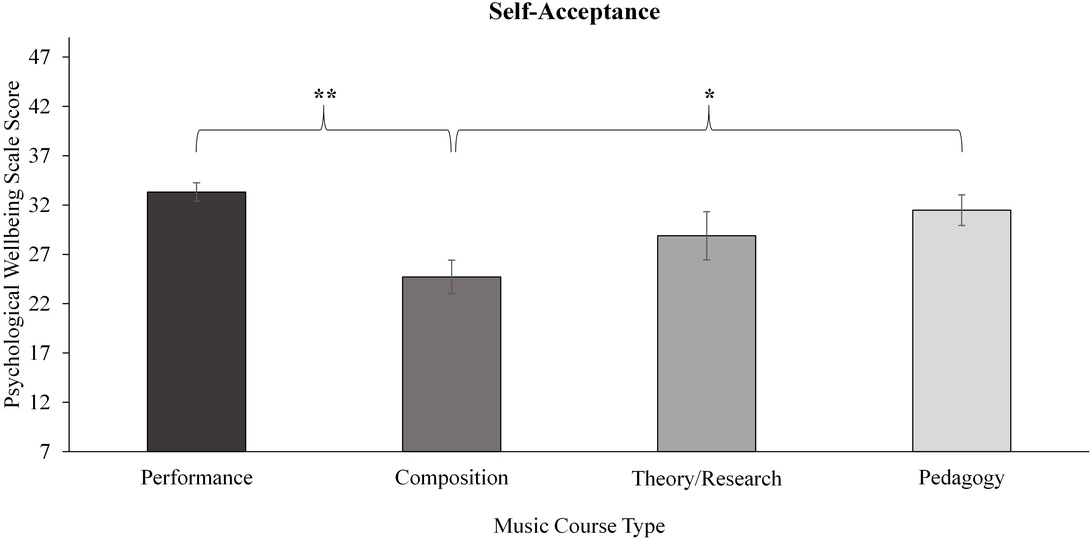




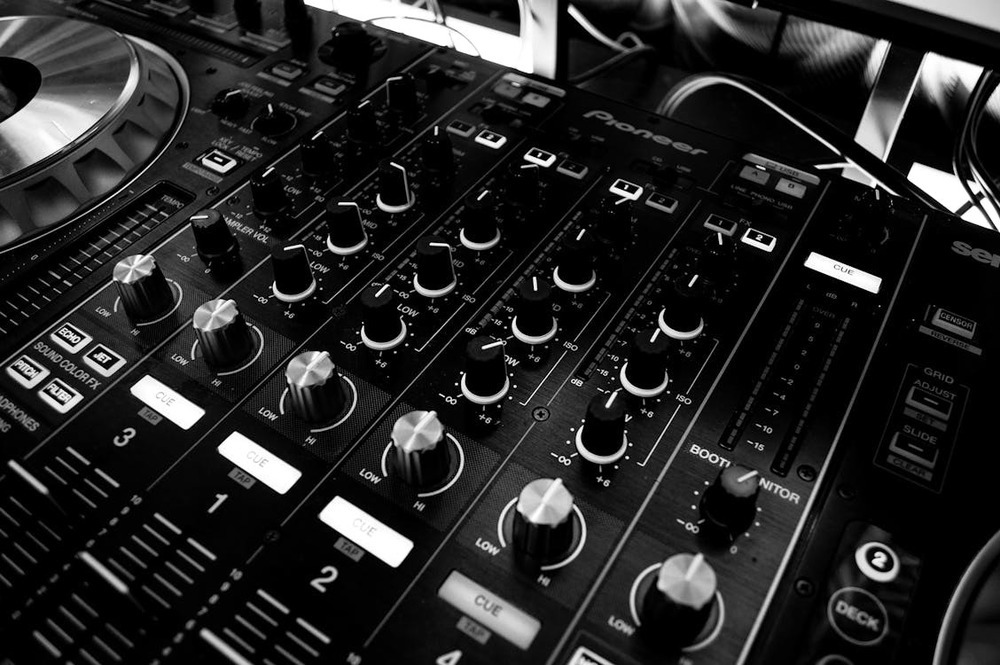


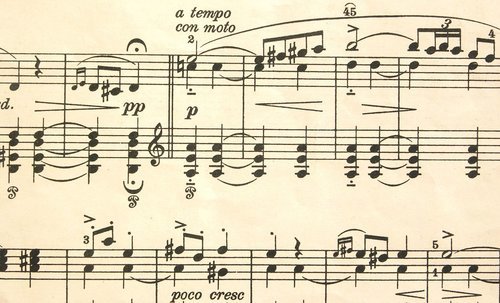
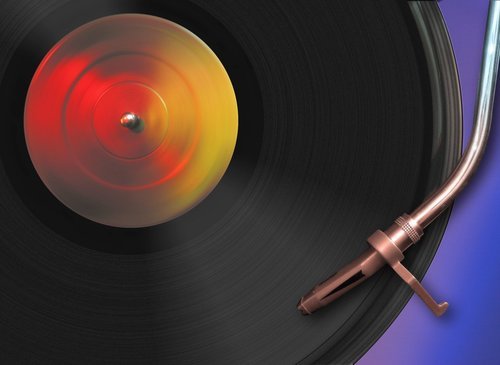



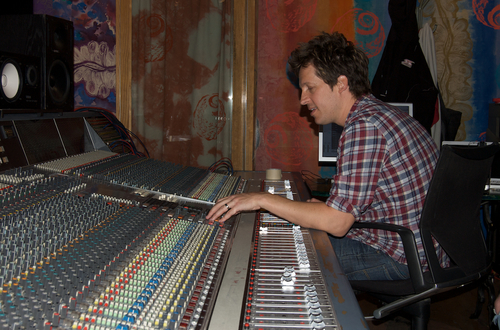
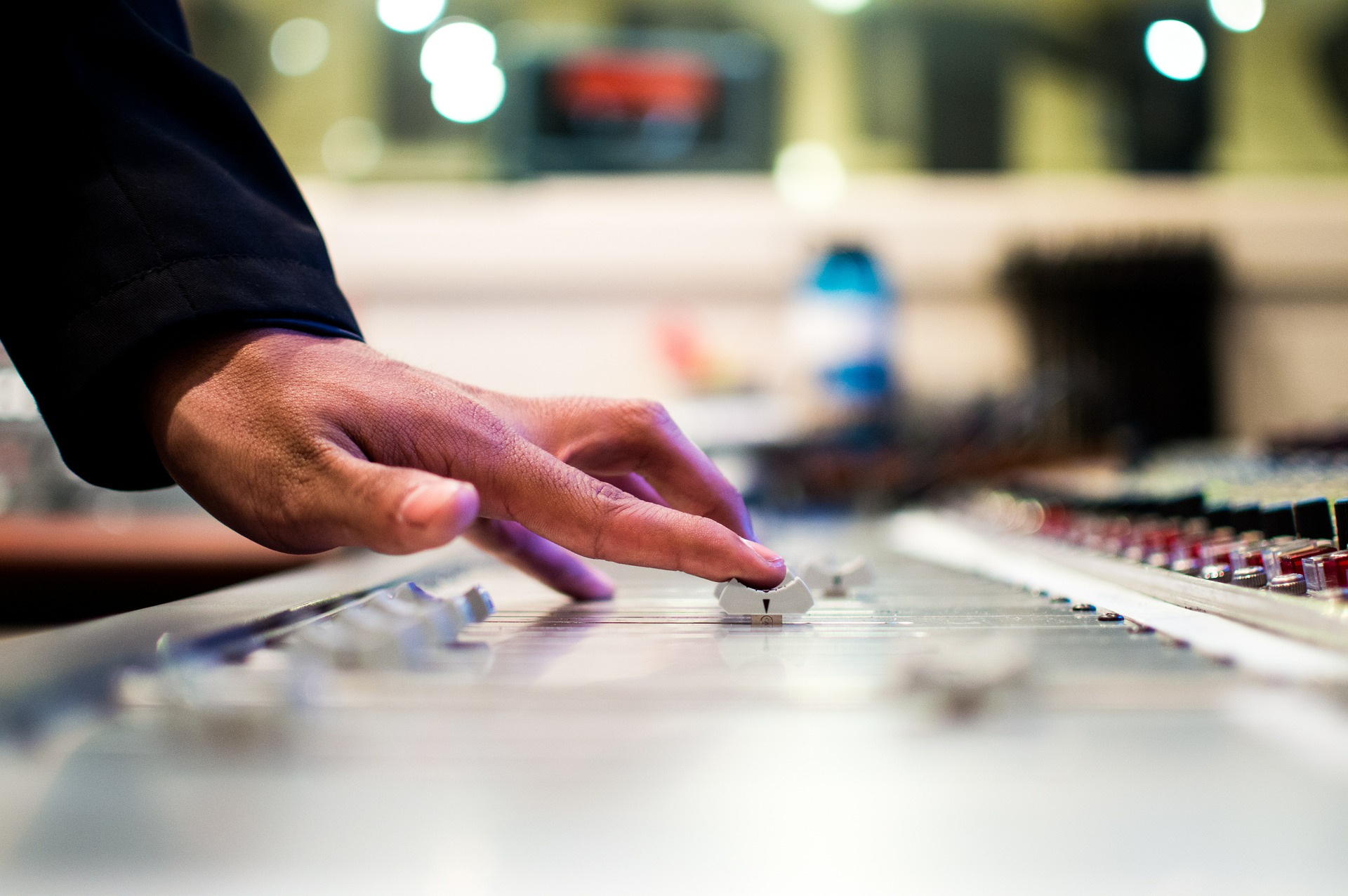
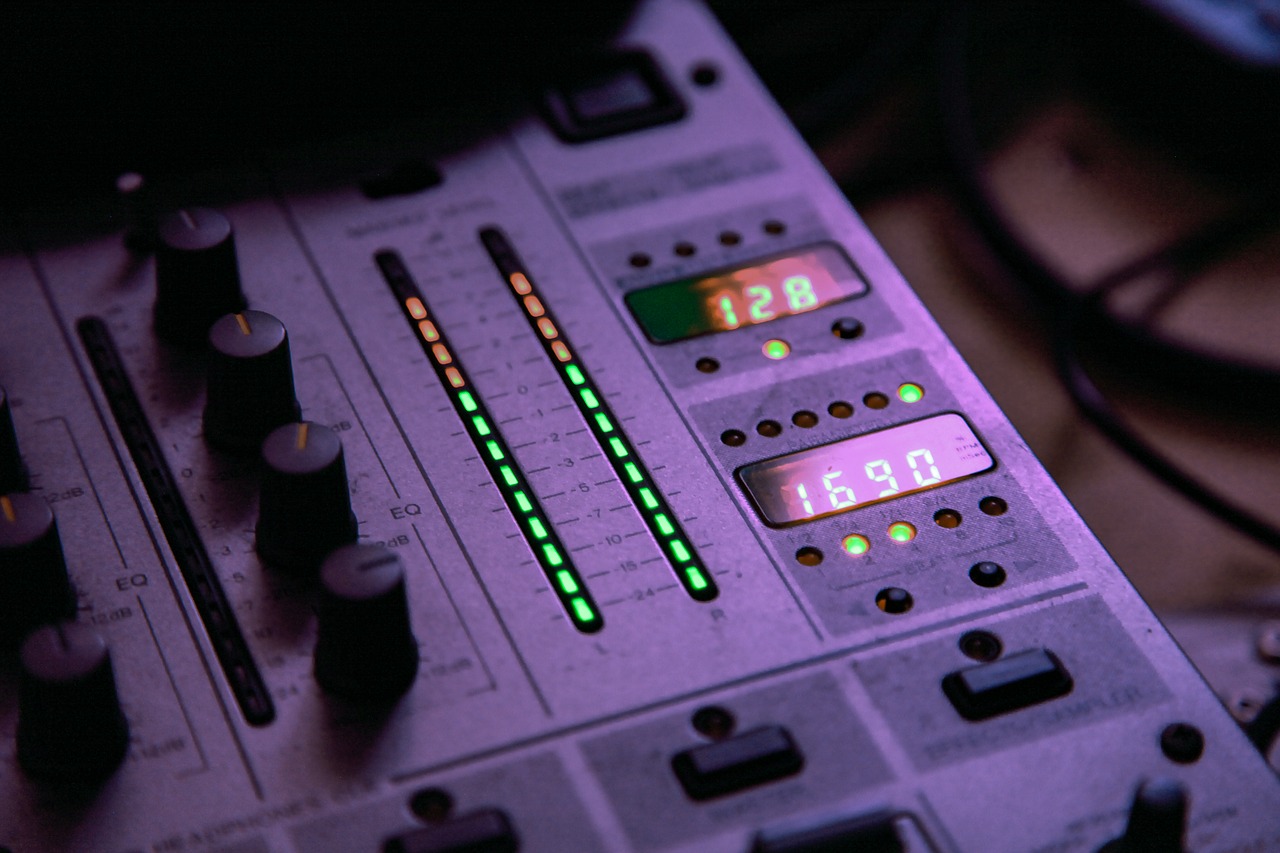


 smates when you are relaxing and socializing. It may be after school hours but music-minded people are always thinking in tune. With this information overload, you are sure to climb the ladder to success pleasantly fast.
smates when you are relaxing and socializing. It may be after school hours but music-minded people are always thinking in tune. With this information overload, you are sure to climb the ladder to success pleasantly fast.